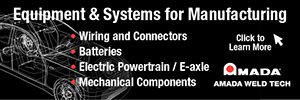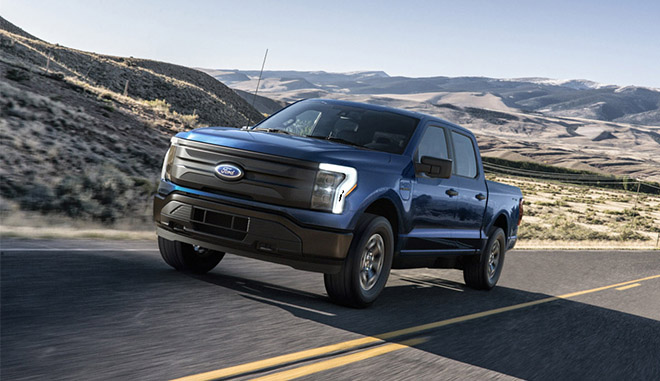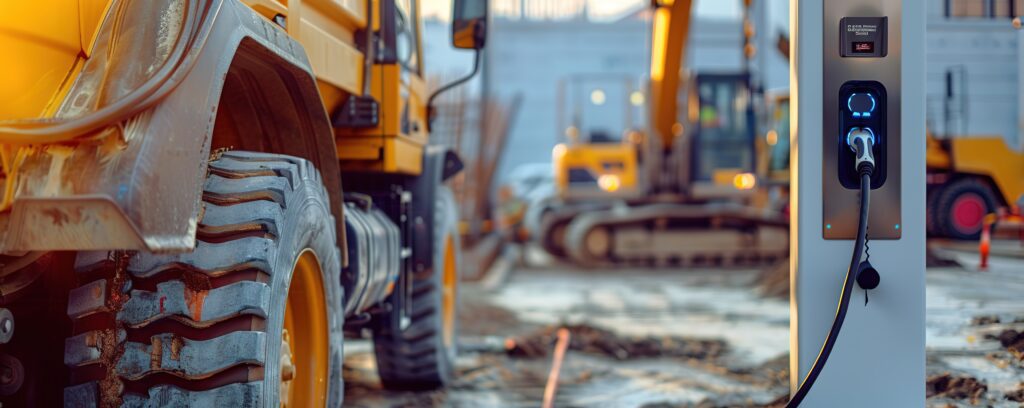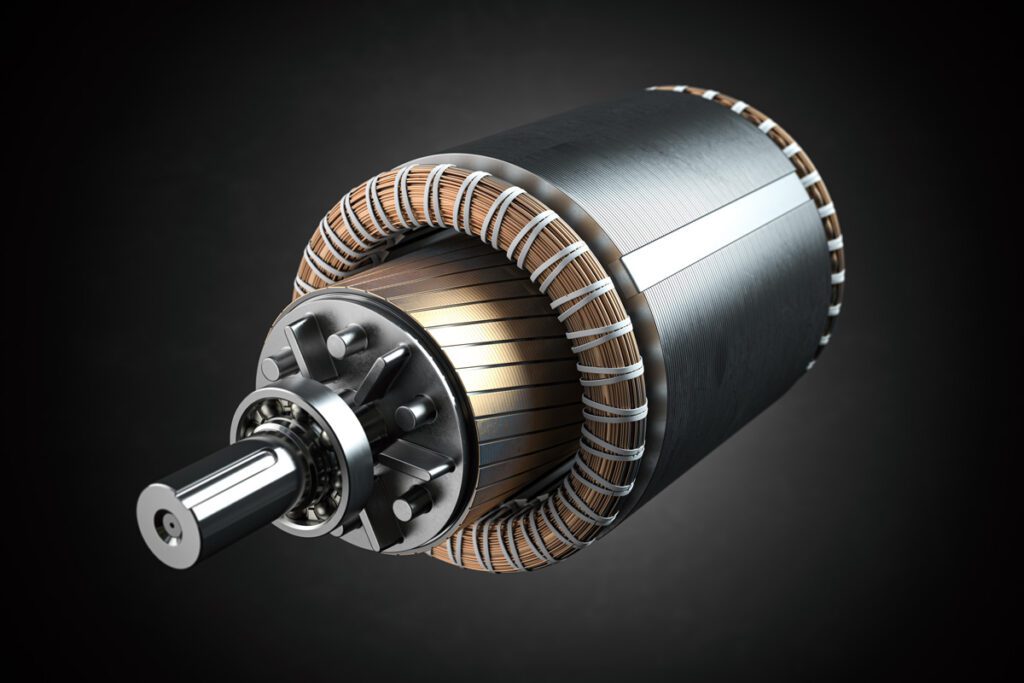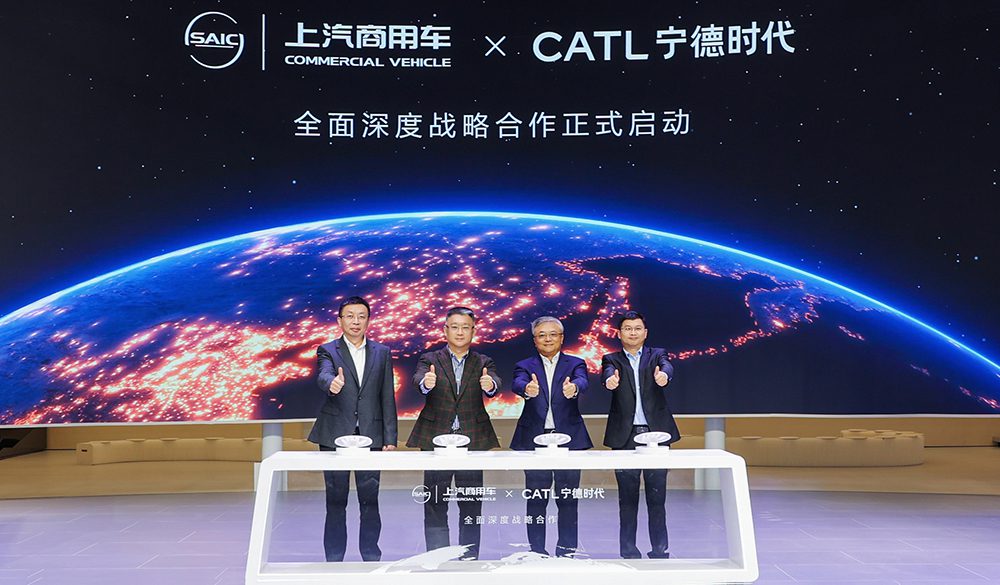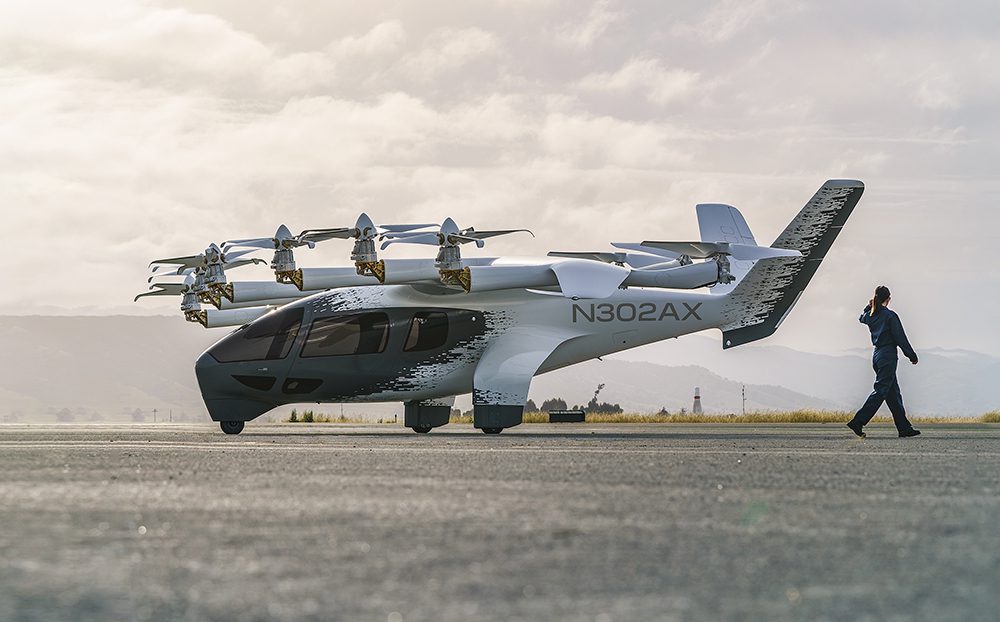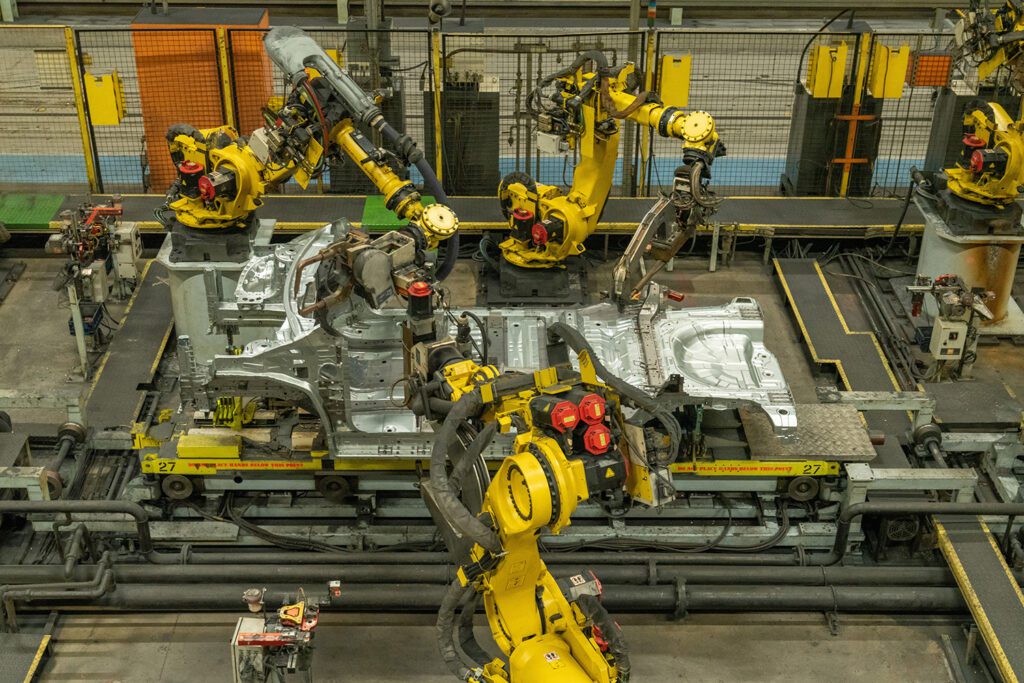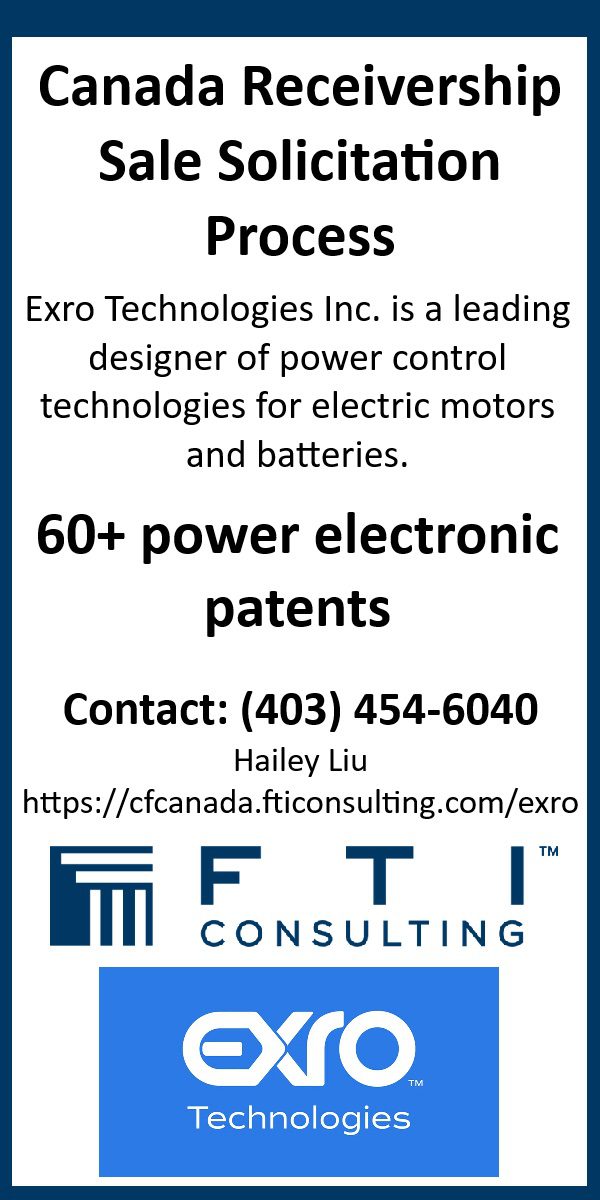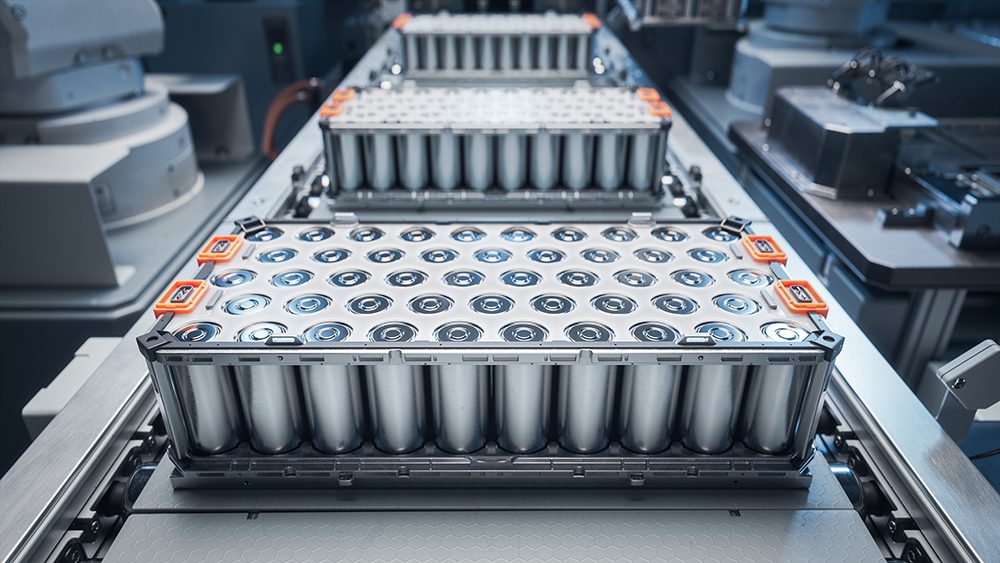Automakers are in the midst of what is arguably the largest technological shift since the birth of the industry, and it’s inevitable that they’re going to have problems. Despite their deep pockets and vast expertise in manufacturing, legacy brands are still struggling to catch up with industry gadfly Tesla—but as VW’s former CEO Herbert Diess might agree, any exec who has the candor to admit as much does so at great peril.
That’s why it was particularly refreshing to hear Ford CEO Jim Farley candidly describing some of the growing pains that his company has experienced in the transition to the new technology. On a recent call with investors (via CNN), Farley was forthcoming about some of the missteps Ford made as it rolled out its acclaimed new EVs, the Mustang Mach-E and the F-150 Lightning pickup.
Customer demand isn’t a problem—both vehicles have long waiting lists—but ramping up production hasn’t been trouble-free.
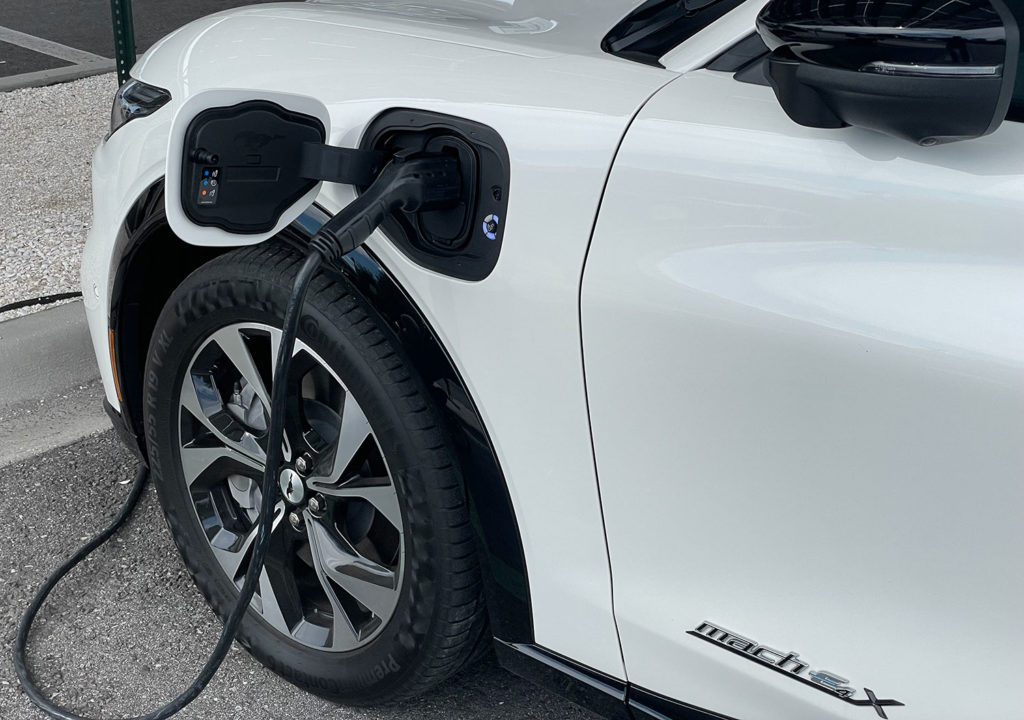
“We didn’t know that our wiring harness for Mach-E was 1.6 kilometers longer than it needed to be. We didn’t know it’s 70 pounds heavier and that that’s [cost an extra] $300 a battery,” he said on the call. “We didn’t know that we underinvested in braking technology to save on the battery size.”
Farley admitted that production problems of this kind meant that Ford “left about $2 billion of profit on the table.”
Ford has set a target of increasing its EV sales from 3% of total US sales in 2022 (even that measly figure was enough to make it the number-two US EV-maker) to 40% by 2030. Along that road lie not only challenges, but opportunities—EVs are expected to require about 30% less labor to assemble than ICEs (although, as VW’s Mr. Diess learned, not all parties consider that a good thing).
Farley conceded that making the transition is hard work. “As with any transformation of this magnitude, certain parts are moving faster than I expected and other parts are taking longer.” He also promised that Ford is learning quickly, and that its next generation of EVs will be better for consumers as well as more efficient for the company to build.
The stock analysts on the recent call sounded more concerned about profit margins than about consumer prices. Ford and its colleagues have a long way to go before they can match Tesla’s industry-leading margins, which are reported to be as high as 25%. “Do you think you can sell a $40,000 electric crossover with a 20% gross margin?” asked Rod Lache of Wolfe Research.
Farley assured us that Ford has fixed the problems with the Mach-E’s wiring harness, and noted that the 70 pounds saved enabled it to increase range and lower cost. As production volumes grow, we can expect Ford and other legacy brands to discover other such cost-saving improvements, allowing them to lower prices, increase margins, or both.
Source: CNN



